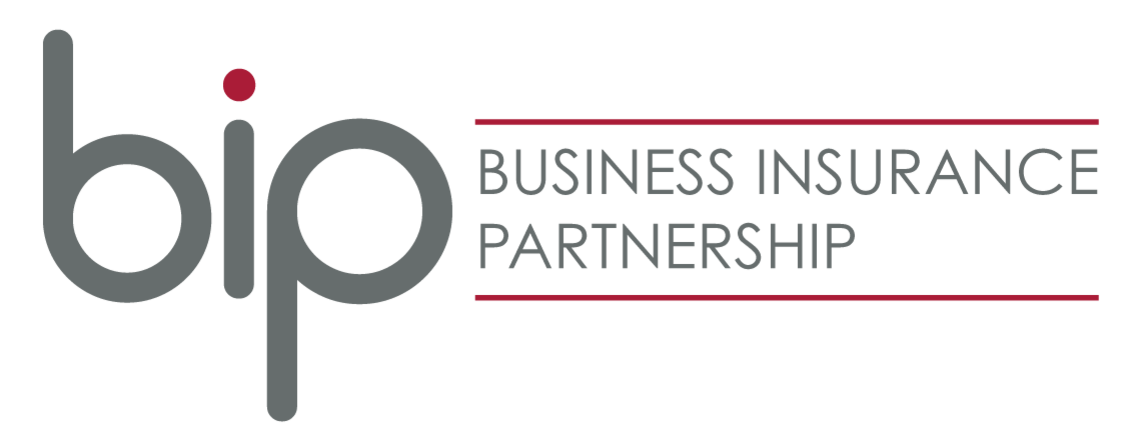Risk Insights - Managing Motor Fleet Risk
Posted on 30th June 2021 at 15:51
Risk Insights - Motor Fleet Risk Management
Managing a motor fleet is exhausting work. Whether your business’ fleet consists of five or 500 vehicles, gathering them all together and managing their collective risk can feel like an endless exercise in futility. While addressing one specific risk, more different risks can pop up, demanding your attention. Instead of addressing risks as they develop and playing catch up, invest in motor fleet risk management strategies to stop problems before they appear.
Managing Risk
Risk management is a pre-emptive strategy aimed at analysing risks and implementing processes to reduce or eliminate them. A concerted risk management effort comes with many benefits, such as reducing business disruption and protecting your employees.
Although the process will vary slightly according to your needs, the five basic steps for analysing your business’ risks, listed below, should be the bedrock of any organisation’s risk management programme:
1. Identify the hazards.
2. Determine who might be harmed and how.
3. Evaluate the risks and decide on precautions.
4. Record your findings and implement a plan of action.
5. Monitor and review the plan.
Following these steps can help you isolate and eliminate your business’ biggest risks.
Pricing Motor Fleet Insurance Policies
If you purchase a motor fleet insurance policy for your business, be aware that your premiums will be highly dependent on your business’ past claims experience. But an unfavourable claims history does not necessarily preclude a favourable and affordable motor fleet insurance policy—good risk management can translate to vastly improved policy terms.
Analysing Claims and Accidents
As part of an effective motor fleet risk management strategy, investigating your business’ past accidents can slash claims costs. Start by analysing the conditions that led to your business’ past accidents and any preventive measures taken to reduce them. Did they work? If not, consider new accident-reduction programmes.
Rely on your insurer to supply the past accident data that will serve as the foundation of your analysis. A typical claims and accident analysis should include the following information:
• Accident circumstances such as day, date, time and location
• Vehicle(s) involved
• Driver(s) involved
• Claim types
• Cost analysis
Surveying Your Fleet
Some motor fleet insurers employ specialist fleet surveyors tasked with performing a more in-depth analysis that identifies significant problem areas and provides recommendations.
Insurers will sometimes provide surveys for free under the condition that the insured complies with the survey’s findings. Any resources the insurer expends on free surveys are expected to be recouped via the insured’s survey-compliant improvements and subsequent reduction in claim costs.
Because fleet surveys are more extensive and detailed, business owner and manager investment is central to success. Unless owners and managers are ready to support improvement initiatives spurred by the survey’s findings, the fleet survey will probably not achieve all of its objectives and will likely leave some risks unexamined.
Controlling Your Risks
Use the results from your internal analysis or external fleet survey to streamline processes and promote a positive health and safety culture. Apply the recommendations to your business’ management controls such as managerial structure, general processes and drivers’ handbook.
Typical management controls which dictate how your fleet runs include the following:
• Working hours policy: Consider the maximum number of driving hours, breaks and times of the day when driving should take place.
• Working conditions: Interview drivers to figure out what practices need changing.
• Route and workload planning: Study whether there are more efficient ways to allocate assignments and chart routes.
• Mobile telephone policy: Enforce a mobile policy that complies with the law and stresses driver safety.
• Safety equipment: Establish clear rules for using safety equipment such as seat belts, first-aid kits and fire extinguishers.
• Vehicle controls: Adopt a ‘clean car’ policy which prohibits leaving any valuables in view and dictates that drivers can only park in secure places.
• Responsibility for vehicles: Assign specific vehicles to drivers who are responsible for their condition.
• ‘How’s my driving?’ schemes: Some businesses include stickers on their vehicles encouraging members of the public to call in with complaints or compliments, encouraging drivers to drive more carefully.
Reining in Your Risk
Reining in your business’ motor fleet and driver risks can feel like trying to hold water in the palm of your hand—no matter what you do, some risks slip through the cracks. Trust the insurance professionals at BIP Ltd to help you create an effective motor fleet risk management strategy and find you the perfect insurance policy that comprehensively covers all your needs. Call us ont 01452 341 957 to start bolstering your business today.
Tagged as: Accident Investigation, Controlling Claims Costs, Fleet Risk Management, Motor Fleet Insurance, Risk Management
Share this post:


